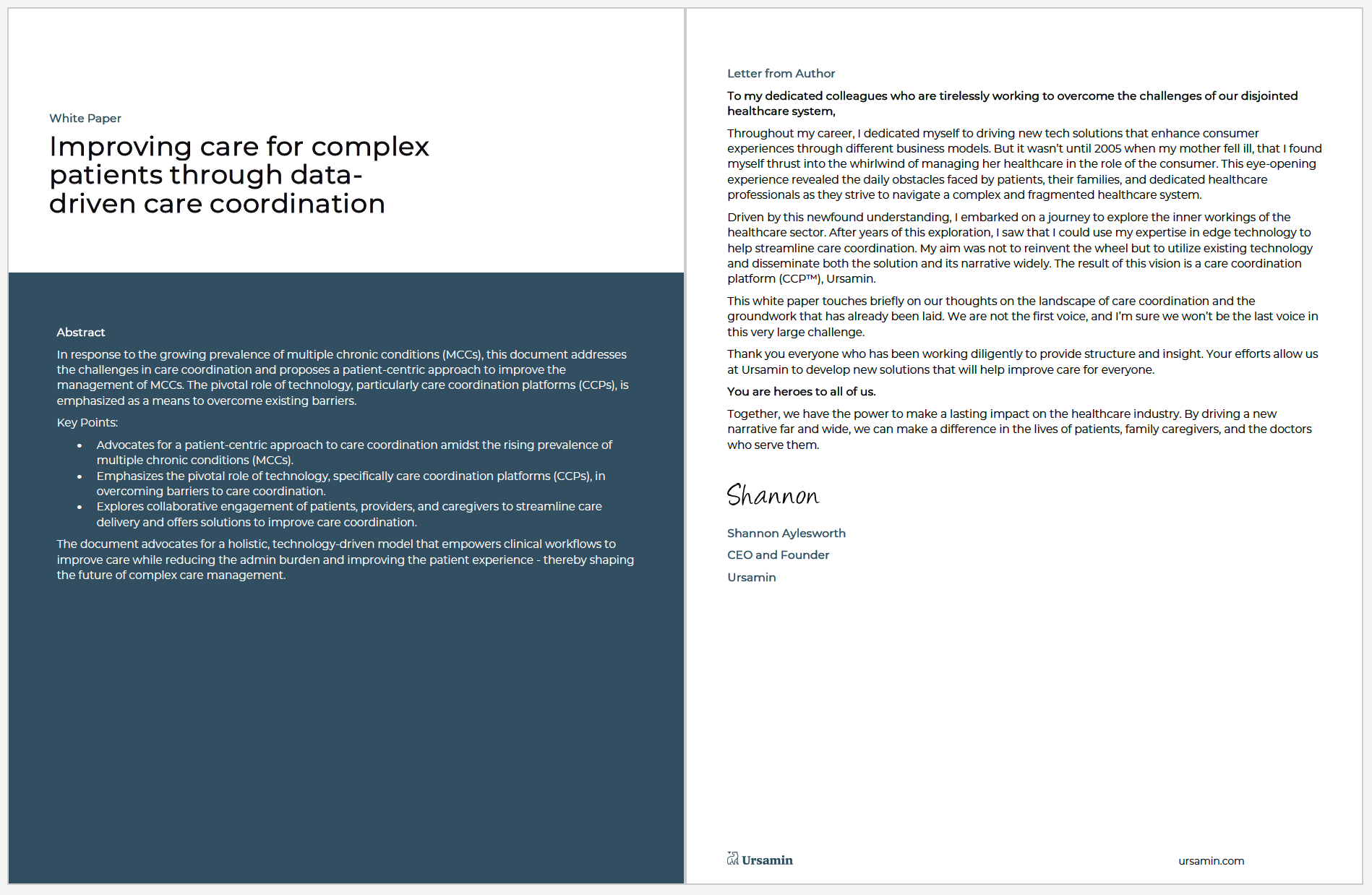A recent Blue Cross and Blue Shield study shows that the need for caregiving among those with severe medical conditions and the elderly encompasses nearly 51 million Americans. This problem represents a significant share of the population. Much of this demand is satisfied through uncompensated care. The economic impact of this problem need can be defined through two main channels. First, the direct economic effects account for time spent caregiving and its influence on caregiver decisions around work, absenteeism, and productivity. Second, the indirect economic impact of poor health outcomes among caregivers is associated with the demands of providing care. The indirect effect of deteriorating caregiver health on economic consequences is the most substantial of the two impacts—the estimated indirect economic development totals nearly $221 billion.
As a caregiver, you may feel the strain of these physical and financial demands. It’s important to know that you are not alone in this and that there are steps you can take to ease the burden.
The direct economic impact of caregiving in America includes the monetary value of time spent caring for another person and the opportunity cost associated with reduced work hours or leaving the workforce altogether to provide care. Caregivers provide many hours per week in care, which most likely decreases their work hours. Additionally, other caregivers will leave the workforce altogether to provide full-time care. Replacing even a portion of these lost wages would represent a significant financial challenge for many families across America. Based on median hourly earnings, opportunity costs range from $2,046 per year for those working part-time to nearly $70,000 per year for a full-time worker. These sobering statistics underscore the dedication of American caregivers and the potential financial challenges they face in providing this vital support.
In addition to direct financial costs, caregivers also experience indirect costs associated with poorer health outcomes than non-caregivers. These effects are likely due to increased stress associated with caring for another person and decreased opportunities to engage in healthy behaviors like exercise and relaxation. Consequently, caregivers are more likely than non-caregivers to report poor health outcomes, including frequent doctor visits, limitations on activity due to health problems, and chronic conditions like depression. These poorer health outcomes exact a financial toll on caregivers through increased medical costs and lower productivity at work. Combined, these two impacts total an estimated $221 billion annually, ranging from 0.4% to 0.9% percent of GDP, depending on how indirect effects are measured.
And while this number represents a significant portion of GDP, it significantly underestimates the true scope of the problem due to its exclusion of several essential costs, including those related to mental health, informal eldercare arrangements outside the home, and other vital factors like lost leisure time. When considering these additional costs, estimates suggest that the actual annual cost could be closer to $1 trillion or more – which would be nearly double current estimates.
As our population ages and medical conditions become more prevalent, it’s clear that we will need more caregivers to help support those in need. However, this demand’s significant economic impact on our society is often overlooked. This underscores the importance of supporting caregivers through policies like paid leave and flexible work arrangements. Without such support, the already substantial burden placed on caregivers could become unbearable.
It’s hard for caregivers to both do their job and care for a patient
- What’s been your experience leaving the job to care for your parents?
- How much does caregiving affect women’s income vs. men?
- What can be done to help women get back into the workforce while being a caregiver?
- What’s been your experience trying to juggle performance at work as well as caring for family?
- Is it different for caregivers of children vs. parents? (ie. Parents tend to have multiple chronic illnesses resulting in more doctors and medical treatment scenarios. Children bring their own challenges – usually less self-sufficient patients 😊)
- What can be done to help women balance work and caregiving?





